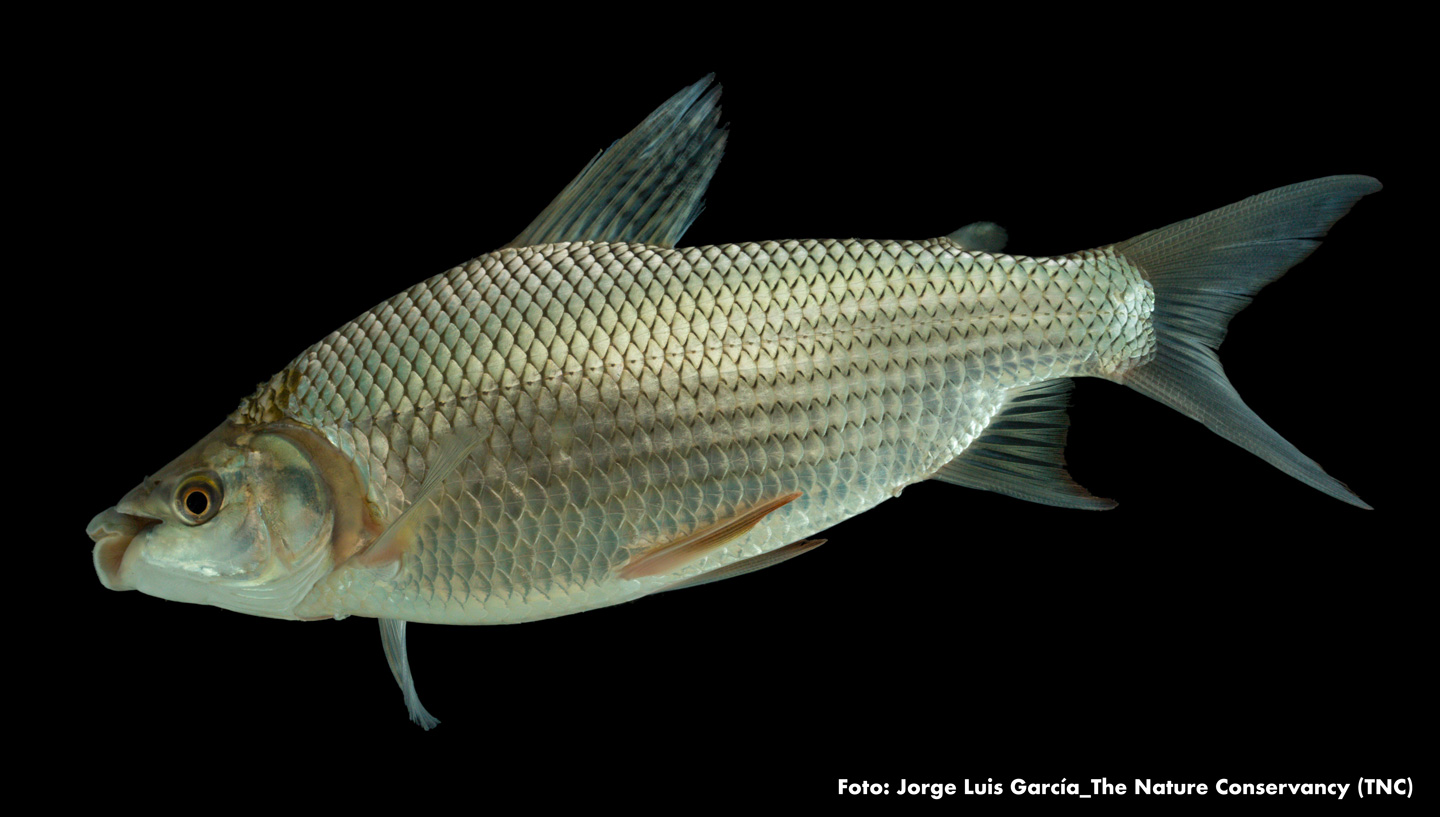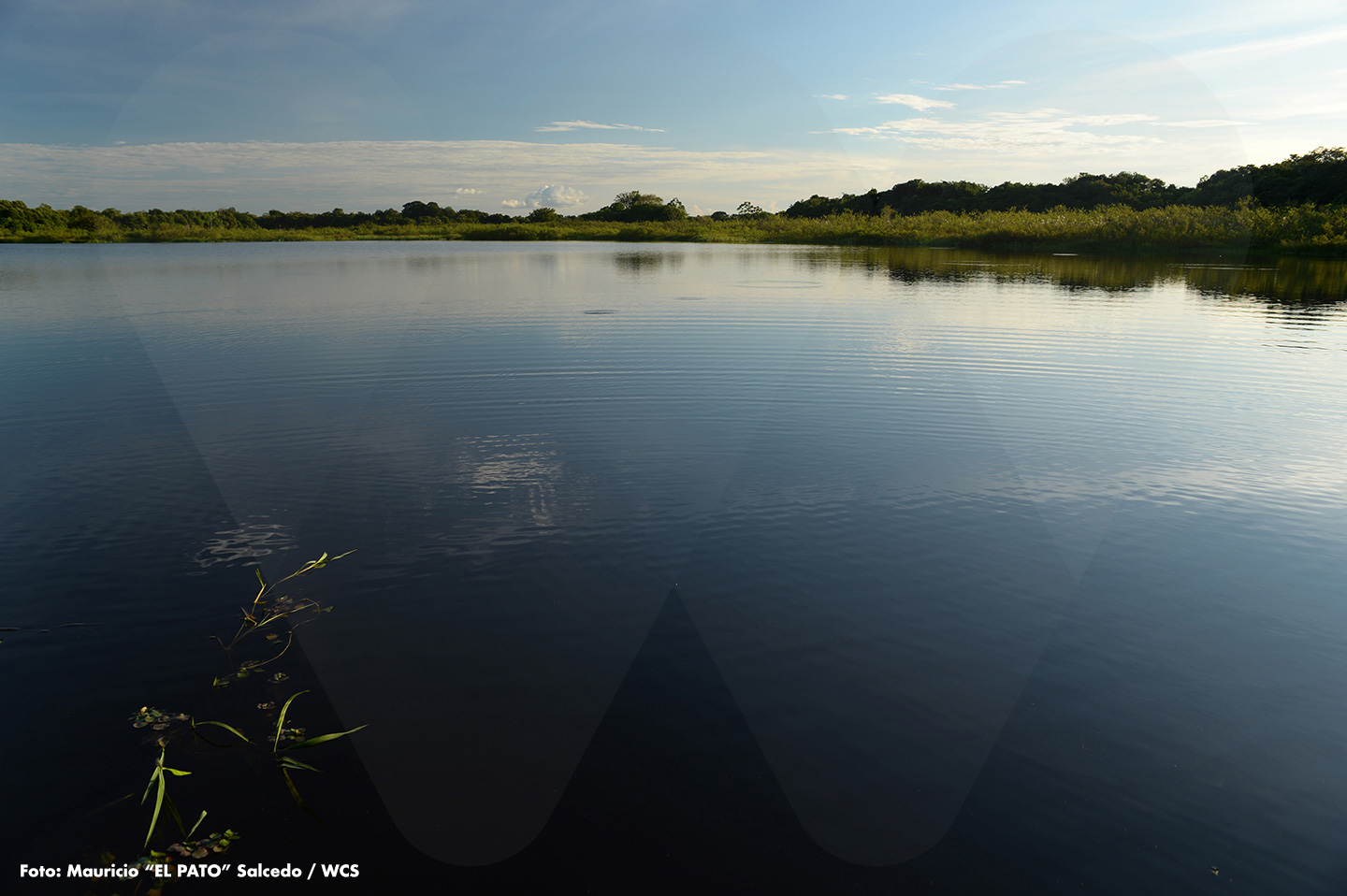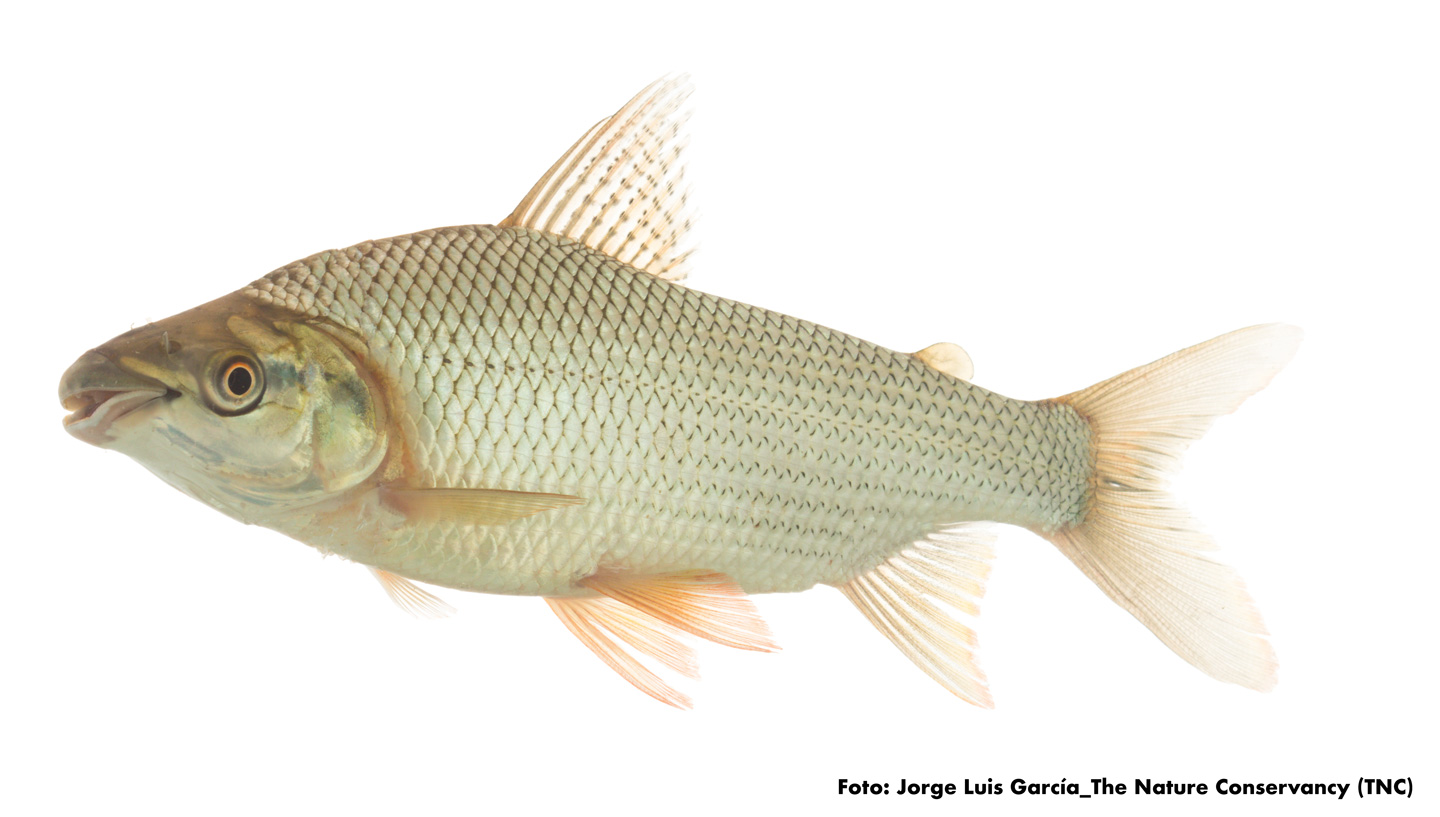Through unique calls, perceptible to the human ear, bocachico and moino fish let females know that they are ready to fertilize their ovules and ensure the birth of new fish. The research, made through hydroacoustic systems by Silvia López Casas, PhD in biology, and Sebastián Muñoz, student of the Universidad de Antioquia, supports new arguments for the establishment of conservation measures for these species, vital for the diet of the inhabitants of the banks of the Magdalena-Cauca basin.

They seem to ‘sing’ in unison. In different parts of the river, huddled in what seems to be a tuned and trained choir, a group of male bocachicos emits a type of ‘melody’ to attract the females’ attention. It is like a reunion to display their presence and announce that they are prepared to reproduce and fertilize the eggs that the females have been ready for days to deposit in the river.
A bee buzzes. A wolf howls. Maybe a monkey grunts. But, ¿a fish? It is normal to think that they are mute beings that never emit any particular sound. However, step by step, analyses made in recent years through hydroacoustic systems (in which a data recorder is installed to a microphone that is submerged in the water) have demonstrated that the apparent silence of this group of vertebrates is only a fallacy to nurture myths.
Silvia López Casas, PhD in biology of the Universidad de Antioquia, expert in ecology, conservation and management of freshwater fisheries and researcher at The Nature Conservancy (TNC), recently proved this with a study carried out in the Magdalena-Cauca basin that indicates how these fish communicate and interact through specific sounds and mainly during reproduction periods.
But there is something else. Silvia and Sebastián Muñoz, student at the Universidad de Antioquia, were able to prove that this ‘soft singing’ is an undeniable condition for their reproduction. That is, if it did not exist or if they did not produce it, female bocachicos (Prochilodus magdalenae) would not spawn and males would not throw their sperm on those eggs to ensure fertilization and birth of new fish (oviparous reproduction). “Vocalizations can be heard from the boat, but we register them through specialized equipment. We can explain that, by emitting those sounds, males are somehow saying ‘we are here, ready’ ”, she explains. With this, females can be certain that their spawning is justified and will have success. A fitting coordinated exercise because, after all, millions of ovules are at stake.
The researchers were able to determine an exact behavior in the moino fish also known in the Magdalena basin as ‘comelón’ (Megaleporinus muyscorum).
Hydroelectric plants as a scourge
Silvia and Sebastián reached their findings after monitoring stretches of the Sinú and Nechí Rivers and fisheries in Puerto Berrío, Puerto Triunfo and Caucasia (Antioquia), Montería (Córdoba) and Barrancabermeja (Santander), where both species can be found.

And they did so exactly when fishing in the macrobasin of the Magdalena-Cauca Rivers - the umbrella sampling area that included measurements in the two rivers -is facing a series of threats not only because of its not too sustainable handling, but also because of the inadequate use of the fishing resource. In this area, the pressures on these water sources are not only sedimentation and discharge of contaminated waters coming from 36 million Colombians and their industry. Additionally, fishing there has been done with few controls and implements that never contributed to the sustainability of resources: gillnets that drag a considerable amount of animals from the bottom that are frequently thrown dead into the water or fishing gear that allows the extraction of very small specimens or fish without the adequate size.
Furthermore, hydroelectric plants (those located in the macrobasin produce 70 percent of the hydraulic energy of the country) fragment the river courses or damage them and interrupt the free transit of its nearly 16 species of migratory fish, such as bagres rayados (Pseudoplatystoma magdaleniatum) blanquillos (Sorubim cuspicaudus), doncellas (Pseudoplatystoma), capaces (Pimelodus grosskopfii) and barbudos (Polynemidae). All these species must make long migrations, two times a year, during the dry or scarce rain seasons, to go to their reproduction sites and leave their larvae that will become adult specimens and source of protein for nearly 157,000 people related with fishing in the basin.
It is estimated that more than 90 percent of freshwater fish consumption of the country comes from these 16 species. This, notwithstanding that fishing has decreased in more than 50 percent in this Colombian hydric region, as per data from The Nature Conservancy (TNC).
It inspires conservation measures
Consequently, being aware of this behavior of the bocachicos and the comelón or moino is a step ahead that supports the possible application of conservation measures in those zones where those ‘calls’ or sound messages have been detected. Besides, for the enforcement of closed seasons prohibiting the capture of both species to allow a reproduction not affected by fishing or commercialization, it is essential to know that if the males start to ‘sing’, it is the beginning of a new spawning and reproduction season that should be respected.
This does not usually occur with the bagre rayado. This fish also emits a special sound when it is reproducing (candeleo) and the native Middle Magdalena fishermen recognize it. However, the closed seasons scheduled by the National Authority of Aquaculture and Fisheries (AUNAP), for the complete month of May and from September 15th to October 15th sometimes do not coincide with that crucial moment due to different factors, such as climate change. And, among other things, because that crucial moment does not respond to a calendar date, but to environmental conditions and the food that the fish find, as explained by Fundación Humedales, based on its researches in the region.
Therefore, after those two closed season periods, the contrary to the preservation sought occurs: many times fishermen stop fishing when the ‘candeleo’ is not present and resume their task precisely on fertilization days.
For the bocachico and the comelón, other suggestions that arise from the findings of the research are: the possibility of restricting the use of engines in places where the reproduction of both species takes place, as the noise will most probably interrupt the communication between males and females, and taking action to control mining or agricultural contamination, at least during certain seasons, in places where the reproductive event takes place.
In any case, it is now evident that hydroacoustic exercises can be carried out in many places of the country and with dozens of species for which details of their behavior are still not known. It is, consequently, a door that, as López Casas says, is just opening, as a way to compensate the lack of visibility of our rivers, many of them dark, murky and with accumulated sediment. With this innovative technology we could continue proving that, deep down and in spite of everything, those rivers still survive.
